The Best Mask for COVID
Looking for a festive reusable mask to welcome in the Chinese New Year? The CUIONS™ mask in GOLD is the perfect choice! In this article, we will go through the bactericidal, anti-viral and anti-fungal properties of copper and copper impregnated nanoparticle technology. We will also introduce the best mask for COVID-19, and explain the science behind its contact-killing mechanism.
Functional biotextiles in dermatology, such as those impregnated with silver, zinc, or copper ions, have been proven to have biocidal effects i.e. inhibiting or killing off microorganisms upon skin contact. Therefore, they have benefits in the treatment of fungal and bacterial infections, as well as an adjunct therapy in the treatment of eczema. Such textiles make the best mask for COVID-19. They also hold potential for the treatment of maskne because of its effects on the microbiome. Furthemore, may reduce the risk of antibiotic resistance in individuals in treatment for maskne.
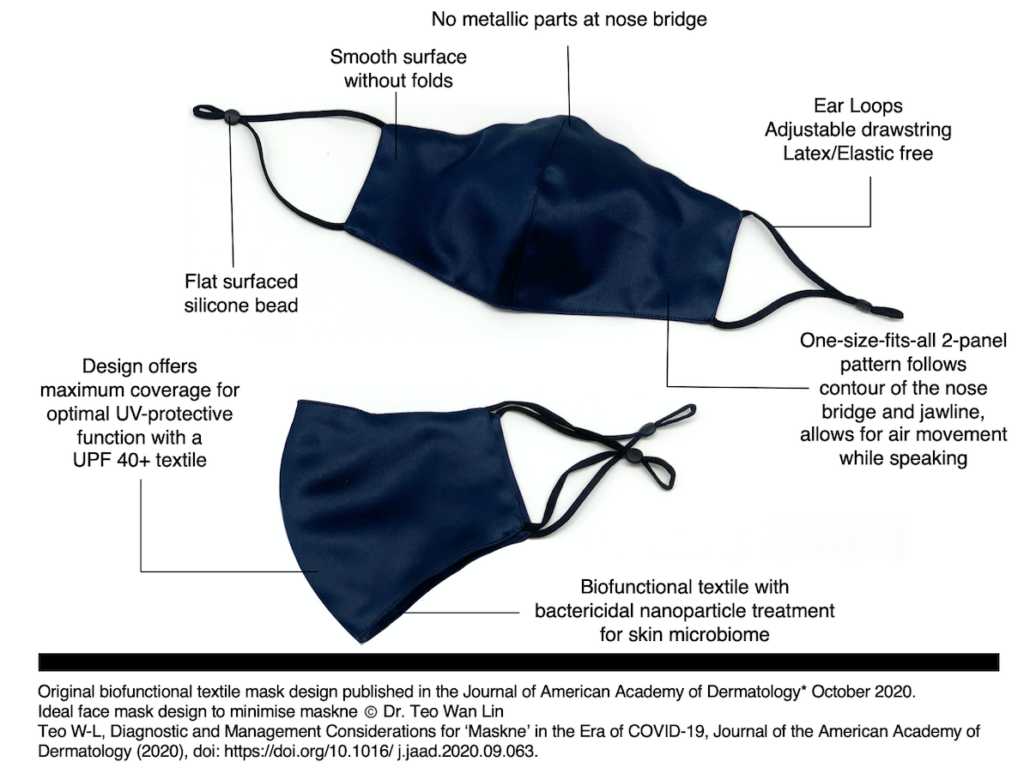
Traditional use of copper
People have known about copper’s disinfectant properties for thousands of years, even before the knowledge of microorganisms. The first recorded use of copper used to fight infection comes from Smith’s papyrus, the oldest-known medical document to date. The information on the papyrus was prescribed to an Egyptian doctors in 1700BC, but is based on information that dates back to 3200 BC. In it, it describes the application of copper to sterilize chest wounds and drinking water. Therefore, Egyptians designated the ankh symbol, representing eternal life, to represent copper in hieroglyphs.
As far back as 1600 BC, the Chinese used copper coins to treat heart and stomach pain. Moreover, for centuries, women have known that their children didn’t get diarrhea as frequently if they drank from copper vessels. They have then passed on this knowledge to subsequent generations.
Copper’s ‘contact killing’ benefits have been observed and harnessed for thousands of years, but we now have the science to back it up. In this article, we’ll take you through the evidence behind copper fabric’s impressive antibacterial, antiviral and antifungal activities, and explain the science behind its mechanism.
Bactericidal
Research shows that copper ions are bactericidal in nature. Bactericidal in a clinical setting means that it doesn’t just inhibit growth of bacteria, but it kills the bacteria. In a study conducted by Turalija et al, copper fabrics exhibited a reduction in viability of 100% for Staphylococcus aureus. Additionally, a 84% reduction for Klebsiella pneumonia, as estimated by the ASTM E2149 antimicrobial test.
Another study showed that after only 15 mins of contact with copper coated textiles, there was no recovery of viable colonies of the A. baumannii bacterial strain. Additionally, no viable colonies of S. aureus, P. aeruginosa, E. faecium and C. parapsilosis were recovered after 1hr of contact with copper coated textiles. In summary, this indicates that copper coated textiles exhibited bactericidal effects of 15 minutes of contact with A. baumannii, and 1 hour with S. aureus, P. aeruginosa, E. faecium and C. parapsilosis. P. acnes is a bacteria is a factor in the pathogenesis of acne. Because of it’s bactericidal properties, copper nanoparticle incorporated masks are the best mask for maskne and acne.
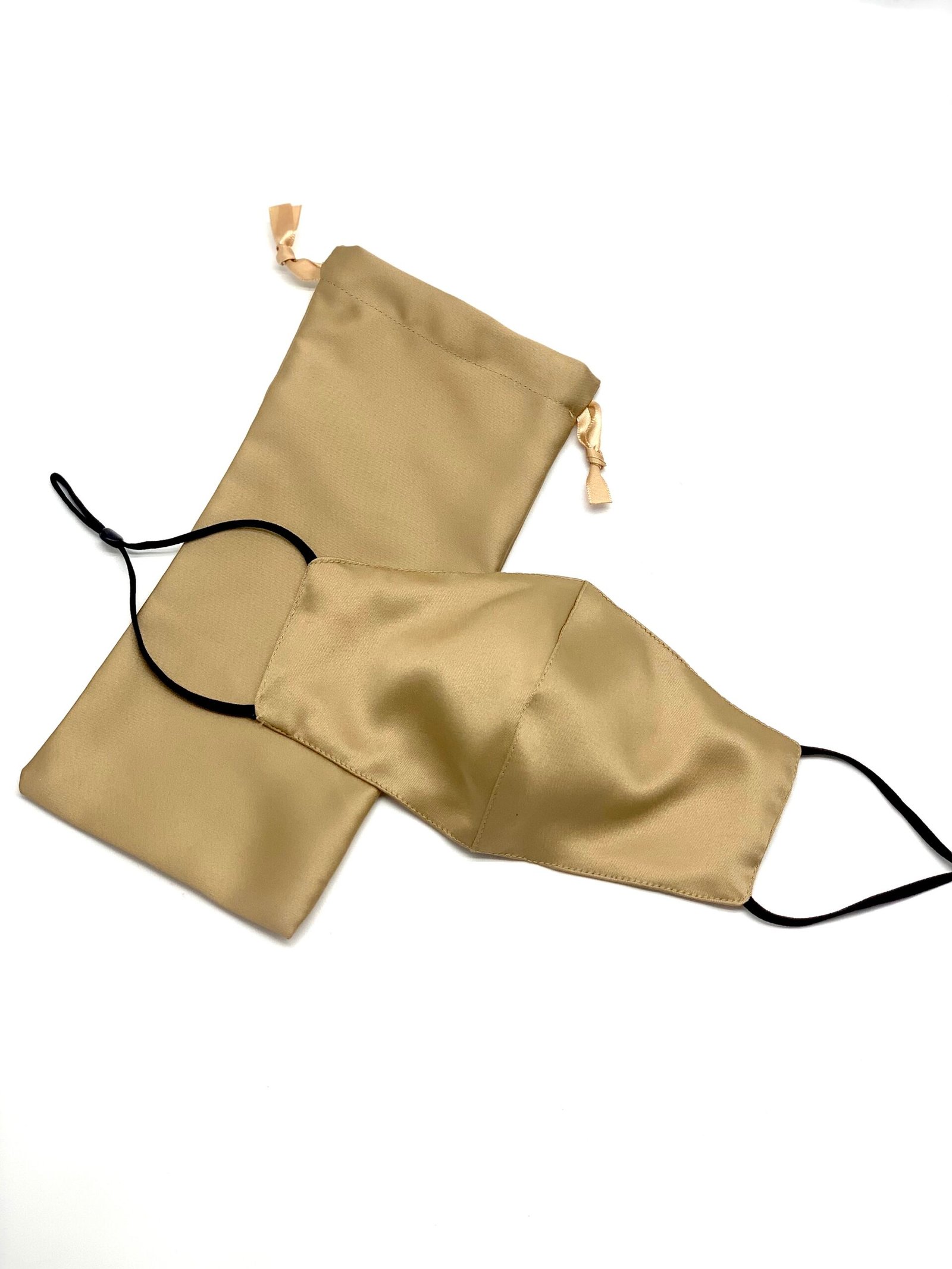
Our CUIONS™ Anti-Ageing + Anti-Acne Copper Silk Face Mask has been laboratory tested to kill Staphylococcus Aureus, a common bacteria that can cause secondary skin infections in acne and worsening of facial eczema, making it the best mask for COVID-19.
Antiviral
There has been widespread use of copper ions as antiviral agents because of their broad antiviral activity against viruses such as herpes simplex virus (HSV) and influenza virus. One study showed that copper oxide impregnation of respiratory facial protective masks endowed the masks with potent biocidal properties in addition to their inherent filtration properties. In short, the copper oxide impregnated masks filtered above 99.85% of aerosolized human influenza A virus (H1N1), and avian influenza virus (H9N2) under simulated breathing conditions.
Furthermore, another study showed that treatment of HSV-infected cells with combination of copper and ascorbate completely inhibited virus plaque formation to below 0.006% of the infectious virus input. Therefore, masks with incorporated with copper particles will make the best mask for COVID-19.
Antifungal
Copper has also demonstrated fungus-killing activities in multiple studies. Fabrics finished with copper concentrations were tested for their antifungal activity against Candida albicans fungus. All samples showed a clear inhibition of C. albicans.
Furthermore, copper nanoparticle coated polymer’s biostatic activity has been demonstrated on Saccharomyces cerevisiae, a fungus chosen as a model for eukaryote microorganisms.
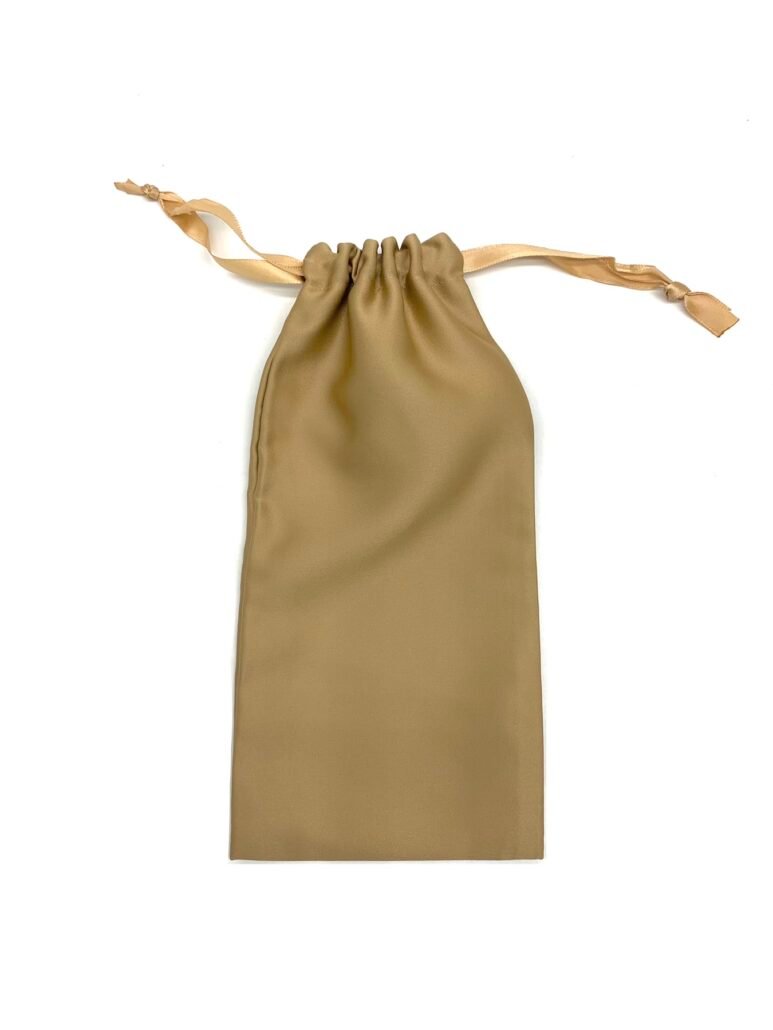
The CUIONS™ nanoparticle treatment has been demonstrated in laboratory tests to disinfect 99.9% of surface bacteria upon contact of the textile.
Contact killing mechanism
There are a few proposed mechanisms of copper’s contact-killing effects. Firstly, copper can pull electrons from the membrane of the bacteria’s cell wall, weakening the bacteria and causing cell damage. Other mechanisms have to do with microbial cellular toxicity. As oxidizing copper atoms break down the cell wall, copper ions can now flood into the cell. In short, copper is toxic to bacteria, virus, and fungi cells, and can degrade the DNA and break down other important processes of those microorganisms. Lastly, copper can initiate contact killing through generation of free radicals – atoms of oxygen, hydrogen, or oxygen hydroxide. These free radicals are highly reactive as they are unstable, looking to steal another electron from other molecules. In short, this can destroy the target cell’s cell membrane, rupturing and killing it.
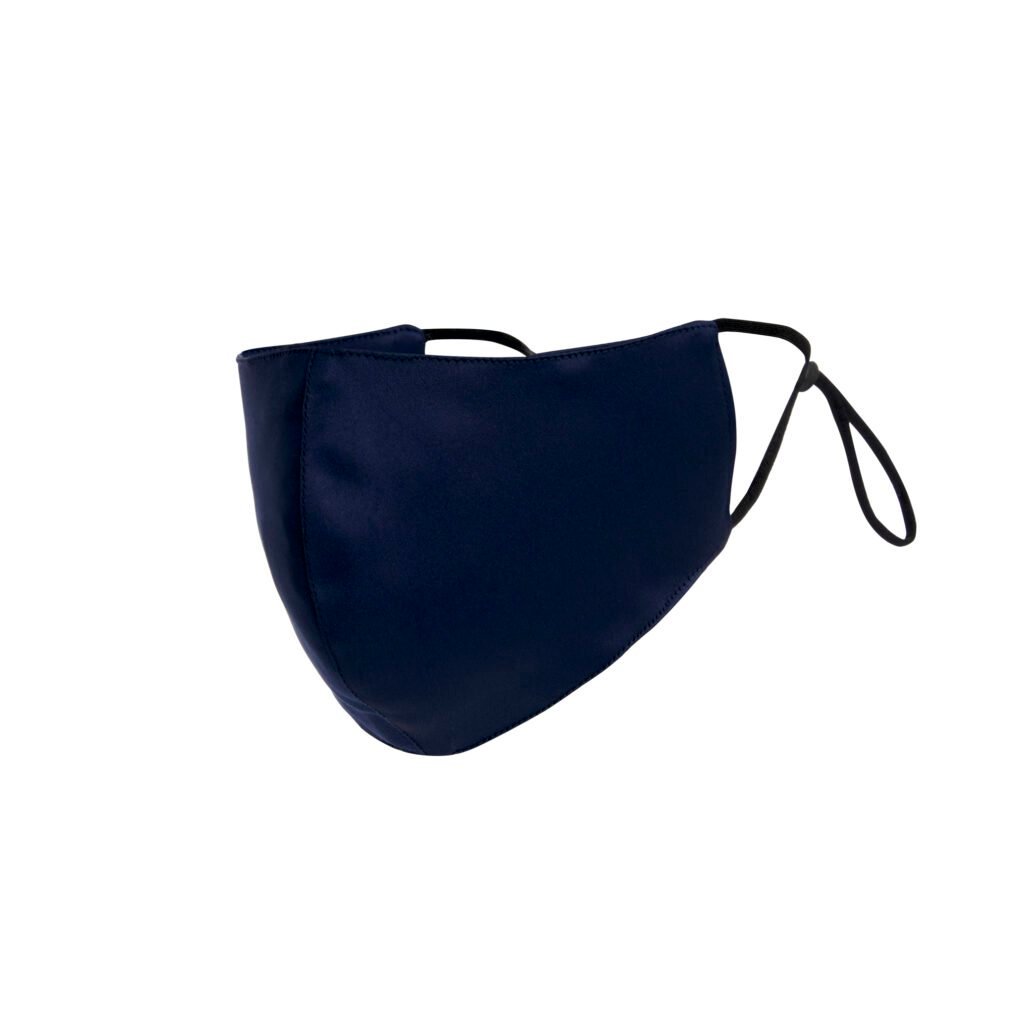
The Osmium Blue™ nanoparticle protective face mask with CUIONS™ nanoparticles are rigorously lab tested for its contact killing effects, and the active release of copper metallic ions clinically effective for anti-ageing by promoting collagen production and reducing skin pigmentation.
References:
Borkow G, Zhou SS, Page T, Gabbay J. A novel anti-influenza copper oxide containing respiratory face mask. PLoS One. 2010 Jun 25;5(6):e11295. doi: 10.1371/journal.pone.0011295. PMID: 20592763; PMCID: PMC2892464. [Pubmed]
Grass, G., Rensing, C., & Solioz, M. (2011). Metallic copper as an antimicrobial surface. Applied and environmental microbiology, 77(5), 1541–1547. https://doi.org/10.1128/AEM.02766-10 [Pubmed]
Imai, K., Ogawa, H., Bui, V. N., Inoue, H., Fukuda, J., Ohba, M., Yamamoto, Y., & Nakamura, K. (2012). Inactivation of high and low pathogenic avian influenza virus H5 subtypes by copper ions incorporated in zeolite-textile materials. Antiviral research, 93(2), 225–233. https://doi.org/10.1016/j.antiviral.2011.11.017 [Pubmed]
Hammer TR, Mucha H, Hoefer D. Dermatophyte susceptibility varies towards antimicrobial textiles. Mycoses. 2012;55(4):344-351. doi:10.1111/j.1439-0507.2011.02121.x [Pubmed]
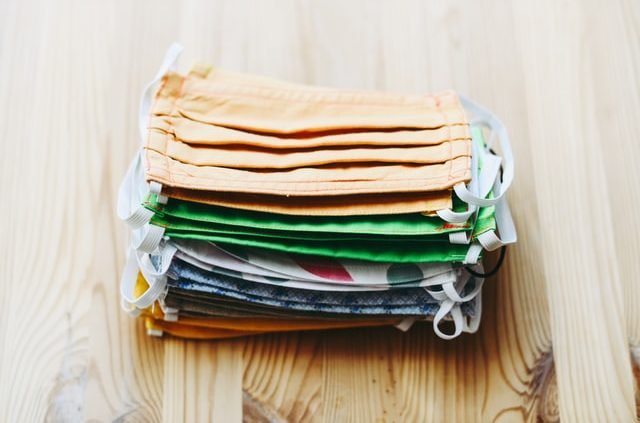
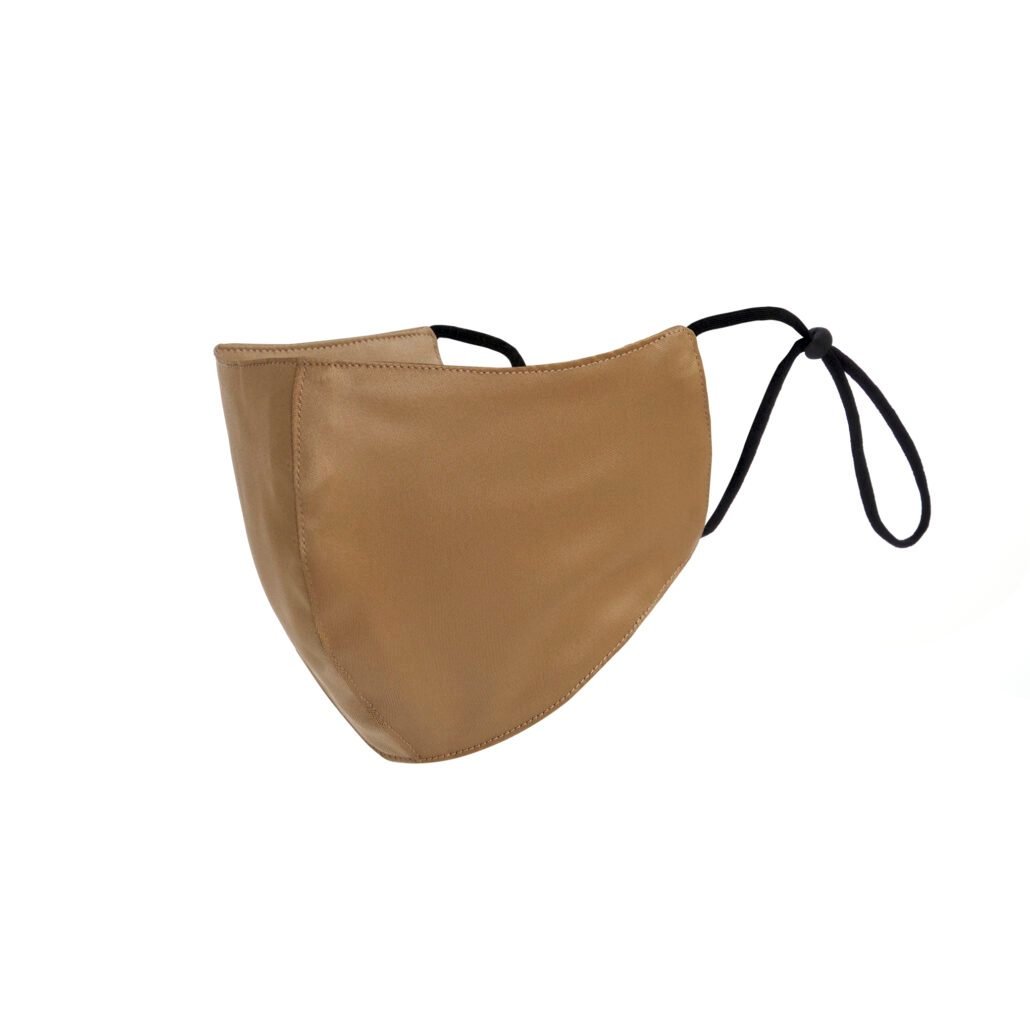
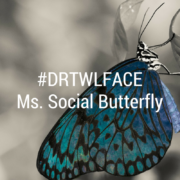







Leave a Reply
Want to join the discussion?Feel free to contribute!